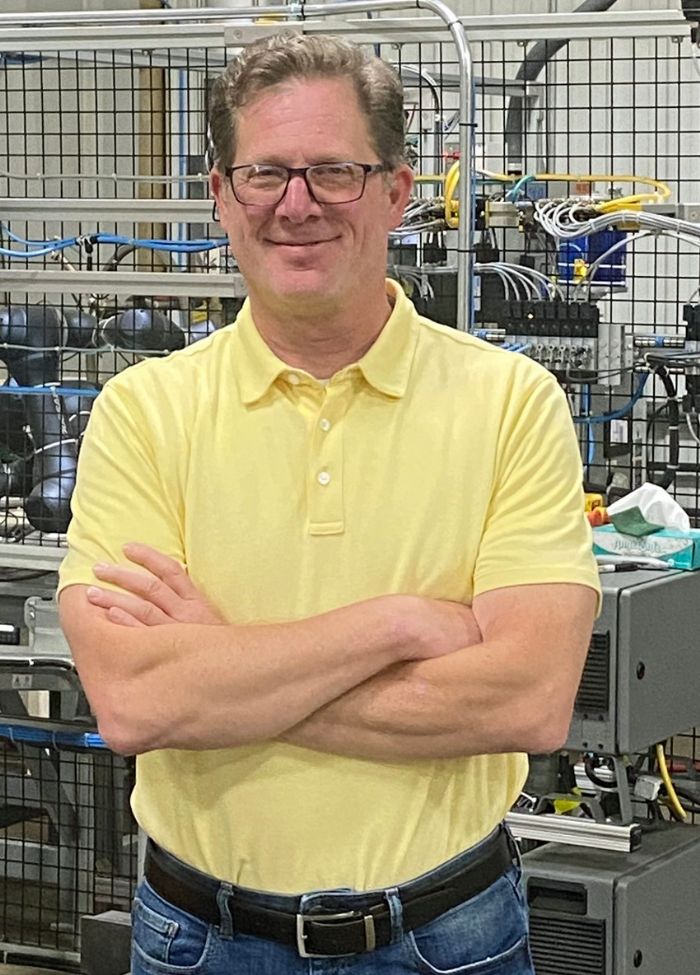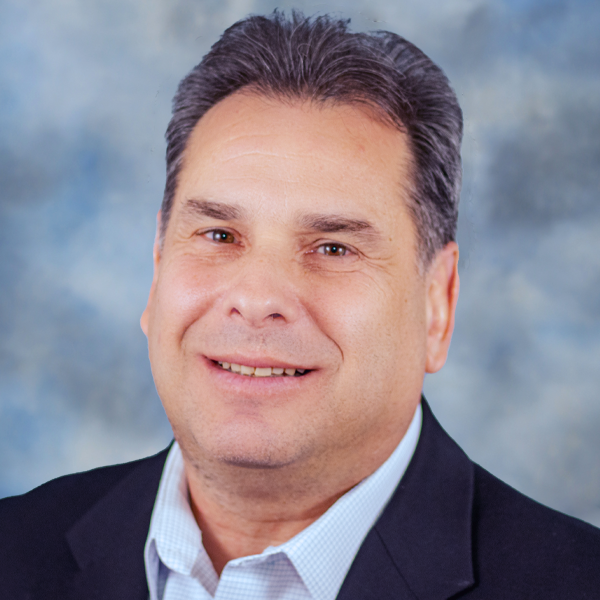Zuzick: I listen to numerous audio books and podcasts, on various topics, including "Extreme Ownership" (Jocko Willink), "Freedom from Fear" (David Kennedy), "Hal Moore on Leadership" (Ret. Colonel Hal Moore) and "Leaders Eat Last" (Simon Sinek). I try to apply the principles explained in each to address our day-to-day business and personal challenges.
One of my favorite podcast series is "No Bullsh!t Leadership," by Martin G. Moore. My main two takeaways from many of the books and podcasts that I take in: Servant leadership will provide value with your team, your company, all stakeholders and will help make your company profitable, and there are no bad teams, only bad leaders.
I believe strongly in the servant-leadership approach. My job, then, is to serve the employees and if I do that well, helping them to understand their paths to success, then we’ll all succeed in today’s challenging labor market. Training has become a big component in retaining employees, and is why I am so committed to using PMA’s METALFORM EDU online training program.
Q: What is the biggest challenge you face as a company leader?
Zuzick: I am challenged regularly to emphasize to our team the importance of eliminating the path of least resistance. We regularly face challenges and opportunities, and it’s vitally important to ensure that we establish a vision, keep things simple, prioritize and communicate.
Time to market is critical for our customers. We must ensure that we’re not just performing tasks simply because it’s the way we’ve always done so. I often remind our team that customers expect more from us and I encourage them to step out of their traditional methods of doing things. And, most importantly, everyone must take responsibility for quality in everything we do.
Q: What are two or three of the most important things you look for in a mid-level manager?
Zuzick: Fresh ideas, the ability to communicate and understand the bigger picture, and the willingness to promote change within all levels of the organization.
Managers must be nimble and flexible, and able—again—to change the paradigm of how we’re operating. With speed to market so important today, change is a must, whether it’s through automation, supply chain strategy or some other means.
Q: What are two things you believe your company is doing well? What's one thing you wish you could change?
Zuzick: I think we do an outstanding job of executing on strategic growth initiatives. We have a process for proactively addressing lessons learned and improving our value to customers by increasing our investment in automation and in other critical processes.
We have been an EOS (Entrepreneurial Operating System) company for several years. That system outlines six key business components: vision, people, data, issues, process and traction. Following the EOS philosophy, we look closely at our vision and goals—2, 3 and 4 years out—identify our challenges and gaps, and work to ensure that our team members are in the right spots and have opportunities for advancement.
To improve our value proposition to customers, recently we’ve been partnering with rapid-prototyping companies to provide 3D-printed part models to our customers. And, we added a program manager that has expertise in this area. We’re also emphasizing our supplier-quality-management capabilities and are holding suppliers accountable.
If there was one thing I could change, it would be to find
more effective ways to attract talent into manufacturing and the trades. More than just warm bodies, we need people
that will challenge us and help us improve, and we need to sell people on the
value of working in the trades.
Q: How do you encourage and motivate your management team?
Zuzick: As a leader I aim provide vision, eliminate roadblocks and provide a path for success for each member of the team. I believe strongly in the EOS management system and specific to team members, I analyze their ability to, as EOS preaches, “get it, want it, and have the capacity to do it (GWC).”
Editor’s note: To further explain the GWC doctrine:
• Get it—An employee truly understands his role, knows what is expected, comprehends the culture and is in line with your company’s vision and core values.
• Want it—An employee who wants to work with you, is interested, has the desire and is motivated by your core values to do the job to the best of his ability.
• Capacity to do it—The employee must have the knowledge, experience or education to perform the job, must be willing to put in the time, and must have the required physical, emotional and mental capabilities.
Q: Can you provide an example of a solid management decision you made during the COVID-19 pandemic, and how it helped to address a major pandemic-related challenge?
Zuzick: Just before COVID hit, we added Webex Teams to our collaboration tools. We initially used that platform to consistently communicate with our employees regarding company information, customer news, challenges, market information etc., and then to keep everyone informed regarding the pandemic. I believe that our employees felt that they were kept in the loop with how we were handling the pandemic, and they clearly experienced a high level of communication. This process has now continued into the post-COVID timeframe.
Q: I assume it can be “lonely at the top” for you at times. How do you relax, release your stress and rise above the endless list of problems you have to deal with each day?
Zuzick: One of my favorite sayings is, “You can only control the controllable”--easier said than done at times. I spend my free time with my family (wife, four children and three grandchildren) and close friends, and I also exercise and try to work on my golf game.
I also try each morning to take a few minutes to appreciate
all of the positive and wonderful things in my life, and focus on the areas where
I need to improve and where I can make a difference.
Technologies: Management
 This month we feature Chris Zuzick, vice president of Waukesha Metal Products, a metal forming company with locations in Sussex, WI (a 48,750-sq.-ft. headquarters metal-stamping facility), Grafton, WI (a 42,000-sq.-ft. metal-fabrication shop), and San Luis Potosi, Mexico (110,000 sq. ft.). It primarily serves the automotive, food service, security, and construction-equipment industries, and in 2019 was included on the Milwaukee Business Journal list of “Fastest Growing Firms.”
This month we feature Chris Zuzick, vice president of Waukesha Metal Products, a metal forming company with locations in Sussex, WI (a 48,750-sq.-ft. headquarters metal-stamping facility), Grafton, WI (a 42,000-sq.-ft. metal-fabrication shop), and San Luis Potosi, Mexico (110,000 sq. ft.). It primarily serves the automotive, food service, security, and construction-equipment industries, and in 2019 was included on the Milwaukee Business Journal list of “Fastest Growing Firms.” 







